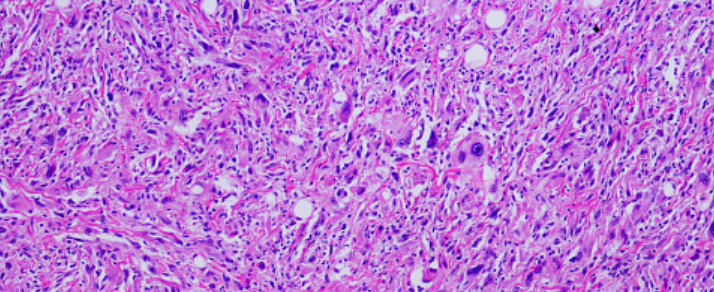The following is a summary of “Lean Body Mass in Boys With Prader-Willi Syndrome Increases Normally During Spontaneous and Induced Puberty,” published in the September 2023 issue of Endocrinology by Noordam, et al.
Prader-Labhart-Willi syndrome (PWS) is a rare genetic disorder characterized by intellectual disability, behavioral issues, and hypothalamic dysfunction, often accompanied by specific physical features. In PWS, growth hormone treatment is primarily administered to improve body composition. However, it’s notable that lean body mass (LBM) does not fully normalize. Male hypogonadism, characterized by low testosterone levels, is common in individuals with PWS and usually becomes evident during puberty. While typically, in normal boys, LBM increases during puberty, it has remained unclear whether the same increase in LBM and muscle mass occurs in boys with PWS during spontaneous or medically induced puberty. For a study, researchers sought to describe the increase in muscle mass during the peripubertal period in boys with PWS who are undergoing growth hormone treatment.
It was a single-center, retrospective descriptive study that utilized data collected over four years before and four years after the onset of puberty.
The study was conducted at a primary referral center for individuals with Prader-Labhart-Willi syndrome. The study involved thirteen boys who had been genetically diagnosed with PWS. The mean age at which puberty began was 12.3 years, with an average observation period of 2.9 years before the onset of puberty and 3.1 years afterward. For those who experienced pubertal arrest, puberty was induced. All boys received internationally standardized growth hormone treatment. The main outcome measure was the Lean Mass Index (LMI), which was determined using dual-energy X-ray absorptiometry.
The study found that LMI increased by 0.28 kg/m2 per year before puberty and by 0.74 kg/m2 per year after the onset of puberty. Notably, the time before puberty explained less than 10% of the variation in LMI, while the time after the onset of puberty explained around 25%.
The study demonstrated that boys with PWS experience a notable increase in LMI during spontaneous and induced puberty, following similar patterns in typically developing boys. Therefore, timely testosterone supplementation, particularly in the absence or during the arrest of puberty while receiving growth hormone treatment, is crucial to optimize peak lean body mass in individuals with PWS.
Source: academic.oup.com/jcem/article-abstract/108/9/2299/7069619?redirectedFrom=fulltext












Create Post
Twitter/X Preview
Logout